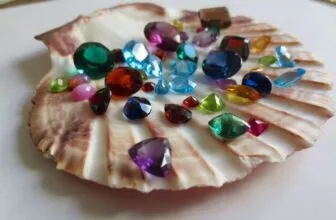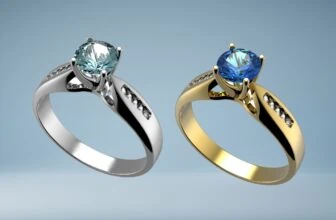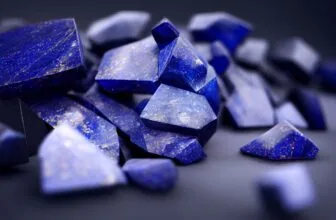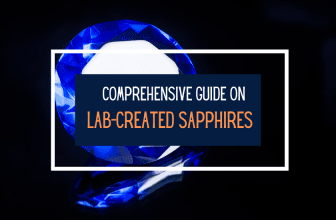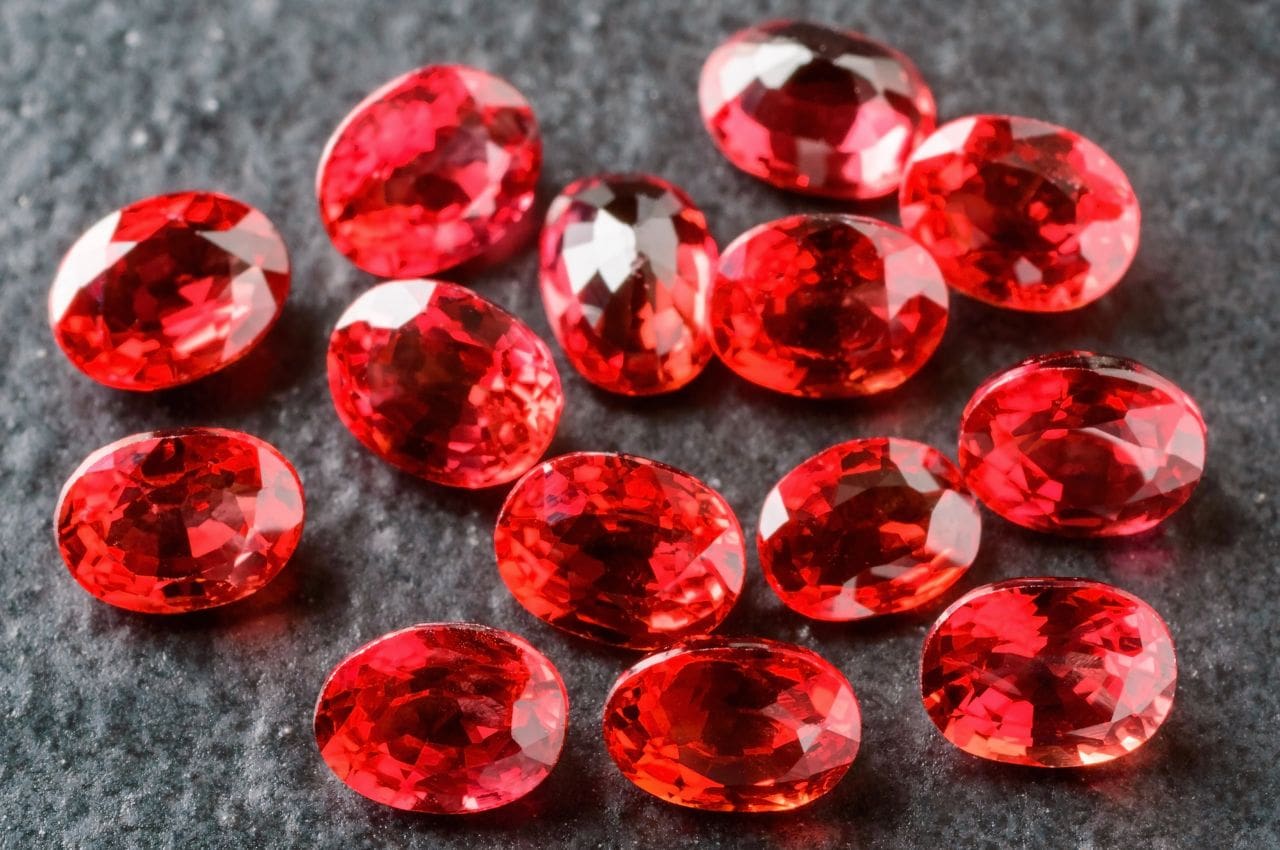
Table of Contents
When buying a ruby, it’s important to know whether the stone is natural, synthetic, or imitation. Each of these offers pros and cons, but sometimes some retailers may try to sell a cheaper version of ruby as the real deal.
The only foolproof way of knowing whether your ruby is authentic is to take it to a gemologist or to buy it from a reputable retailer along with a certificate of authenticity. However, there are some ways you can figure this out on your own. Let’s take a look.
What is a Natural Ruby?
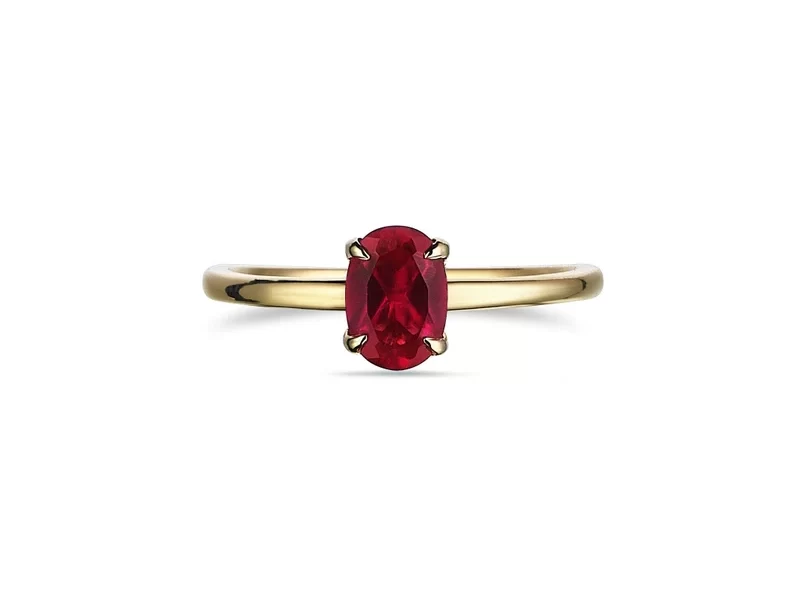
A natural ruby is one that’s been formed by natural geological processes, over millions of years. They’re formed in natural environments and require intense mining processes to extract.
A natural ruby is made of corundum, the same element that creates sapphires. In fact, ruby is the red version of sapphire. Its hues are caused by chromium present during the stone’s formation.
Due to their rarity, natural rubies are among the most valuable colored gemstones.
What is a Synthetic Ruby?
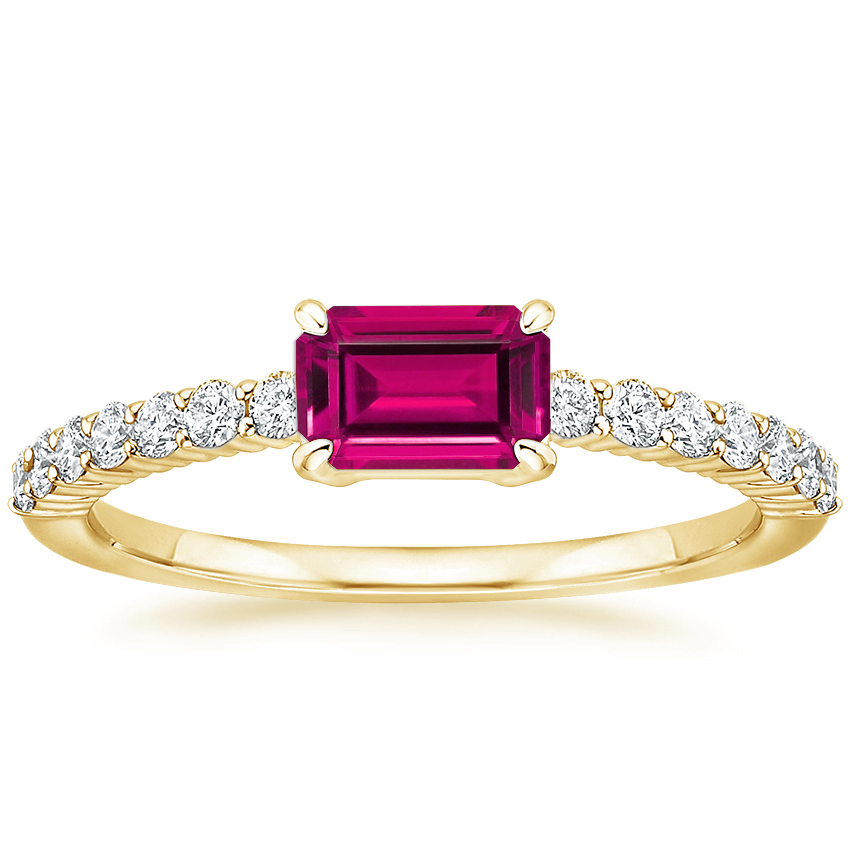
Synthetic rubies are created in labs, rather than in nature. Chemically, optically, and structurally, a synthetic ruby is identical to natural rubies. However, while natural rubies take millions of years to form, synthetic ones can be created in a matter of months.
Many people believe that synthetic rubies are fake, but this view isn’t true. Lab-created rubies are made of corundum and have the same hues and beauty as ruby grown in nature.
However, because these stones are created in a tightly controlled environment following a recipe, the outcomes are almost always perfect, as opposed to natural rubies, which often have stains and other imperfections.
Also, because they take such a short time to create and use up fewer resources, synthetic rubies are typically much more affordable than natural rubies. It’s an ideal, cost-efficient option and is great for anyone shopping on a budget, without compromising on quality.
While some people feel that synthetic stones do not have the romance and history of a natural stone that forms over eons, others love the scientific aspect of it. What’s more, it’s an ethical and sustainable option due to the lower impact that its creation has on the earth.
What is an Imitation Ruby?
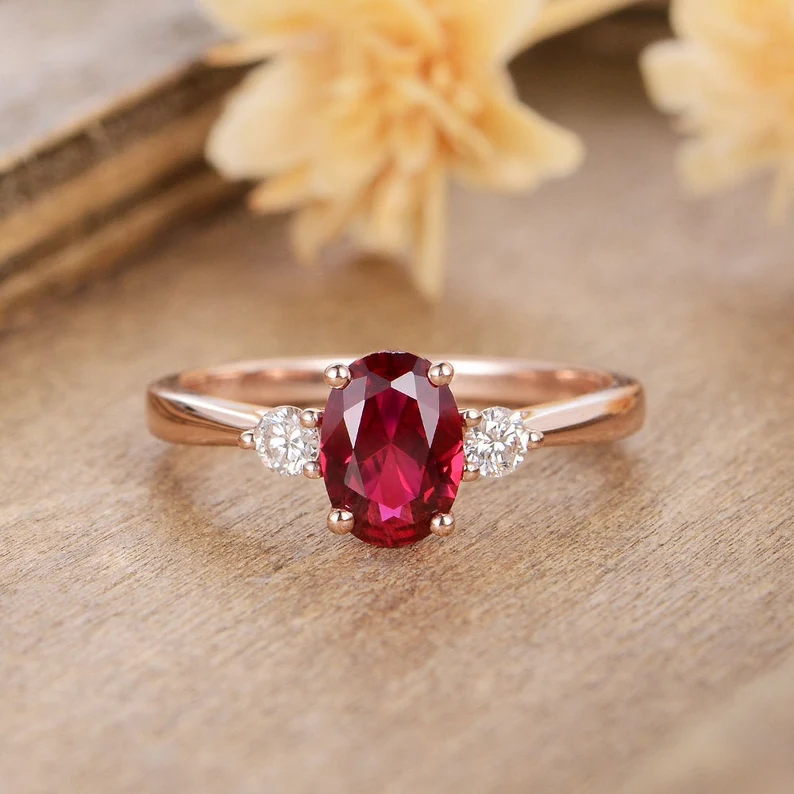
This brings us to our final category – imitation rubies. An imitation ruby is a look-alike stone that’s different chemically and physically from a natural ruby. These are often less durable and much less valuable.
This is a great option if you want a ruby look without the high end price tag, and is ideal for versatile, costume jewelry. The jewelry is often cleverly designed and it can be difficult to distinguish between what’s real and what’s fake. However, if you’re paying the price of a natural or synthetic ruby for an imitation ruby, then you’re being ripped off.
Common Fake Rubies
There are certain materials and other gemstones that are typically used as ruby imitations. These include the following:
1. Red-Colored Glass
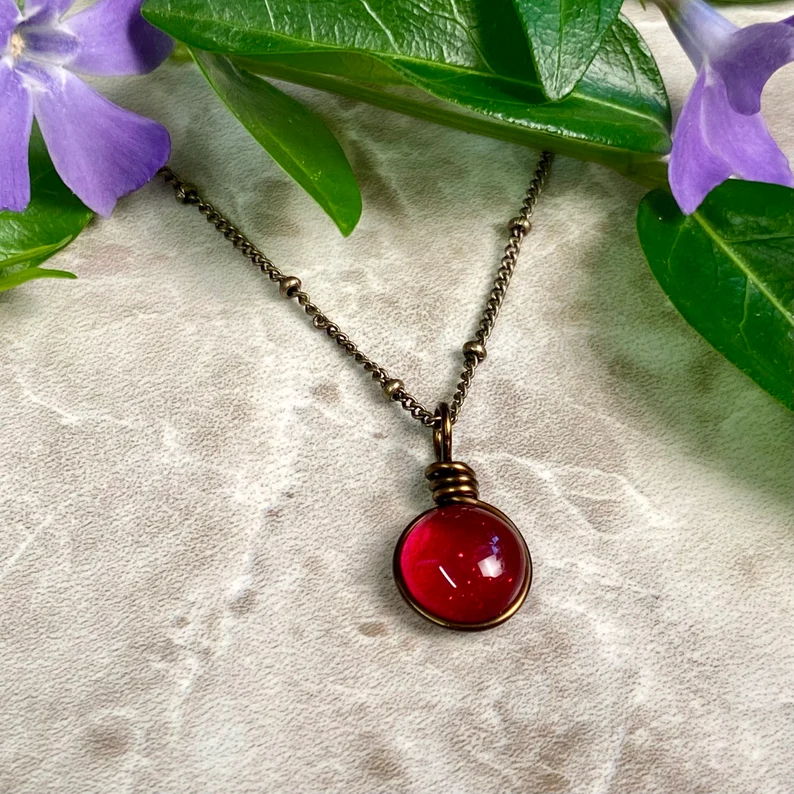
Glass is a popular ruby imitator. These ‘rubies’ are inexpensive and have a short lifespan.
It can be easy to tell a red-colored glass stone from a real ruby by the inclusions it has. Often, glass contains tiny air bubbles that real rubies rarely, if ever, have.
If you have a natural ruby to use for comparison, hold it up along with the suspected glass ruby to a source of light and look for similarities in structure and appearance. You will notice the differences in inclusions and color.
2. Garnets
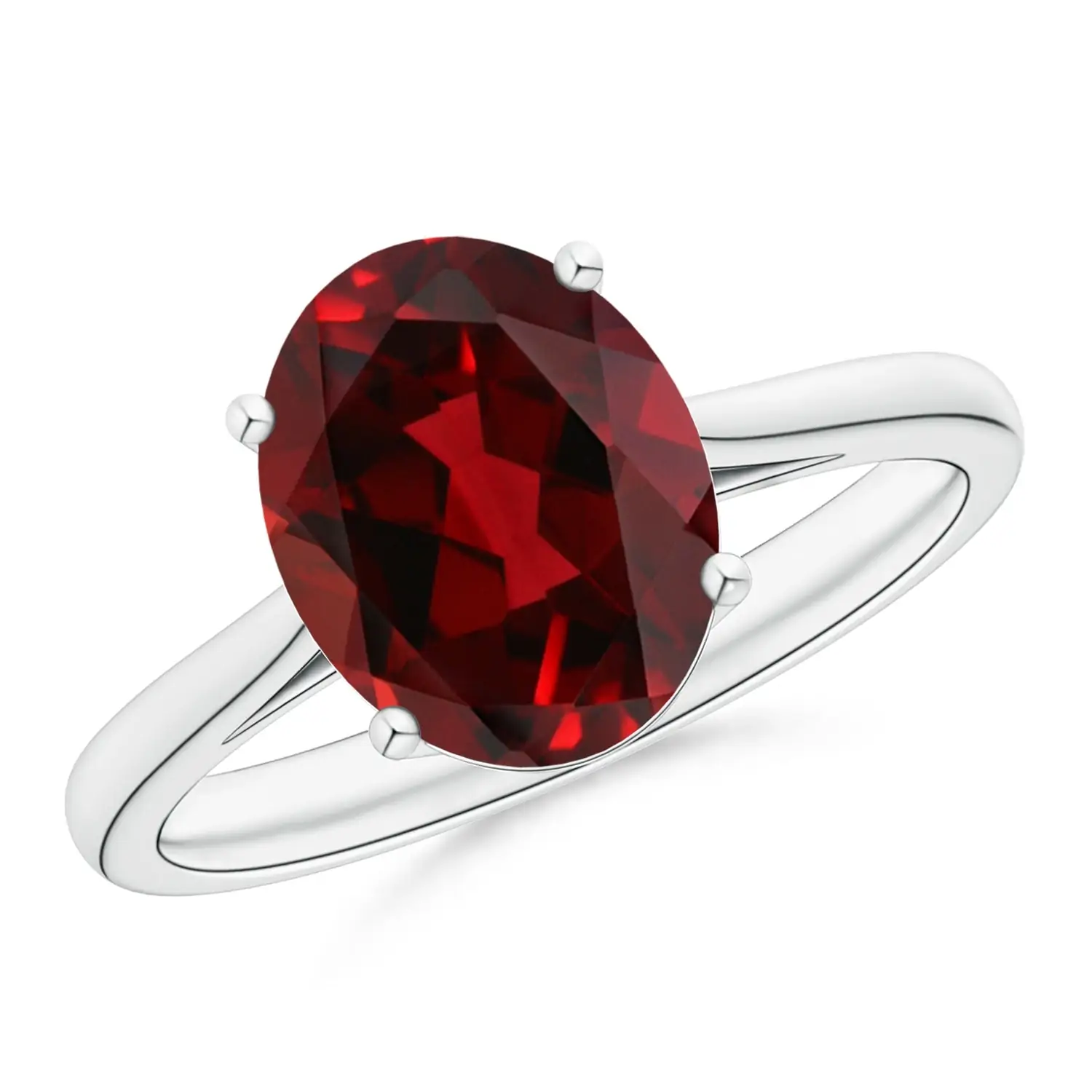
A popular red gemstone often used in jewelry, and the January birthstone, garnet is a beautiful gemstone in its own right. However, it’s much less valuable than rubies and is readily available. This makes them an excellent ruby alternative or imitator.
Garnets are composed of dark reddish silicate minerals and are much less durable than rubies, with a Mohs ranking of 6.5 – 7.5 as opposed to the rubies’ ranking of 9.
Although they’re reddish, garnets are somewhat dull in appearance and have a mahogany or burgundy hue. They can be light in color but are not brilliant as ruby can be. A quality natural ruby has a very deep and bright red color, which is sometimes called ‘stoplight red’.
3. Tourmalines
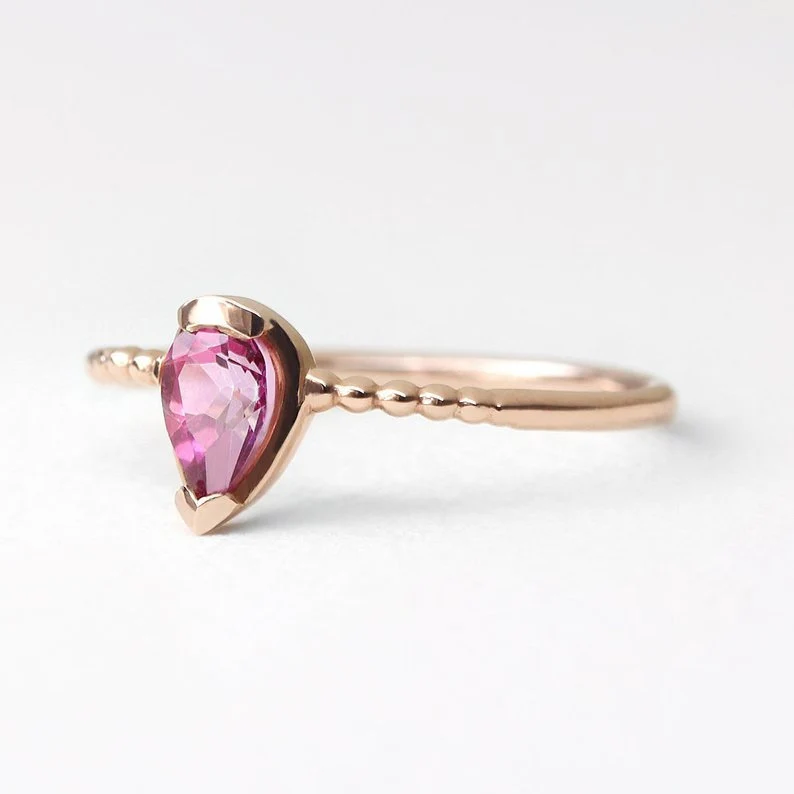
Tourmalines, while a gorgeous gemstone in itself, is commonly available and therefore not very valuable. It’s comprised of crystal silicates, and when found in dark red hues, it can be passed off as ruby.
Tourmaline is not as hard as ruby and comes in at 7 – 7.5 on the Mohs scale. A simple scratch test may help you determine if your ruby is real or some other gemstone.
4. Ruby Composite
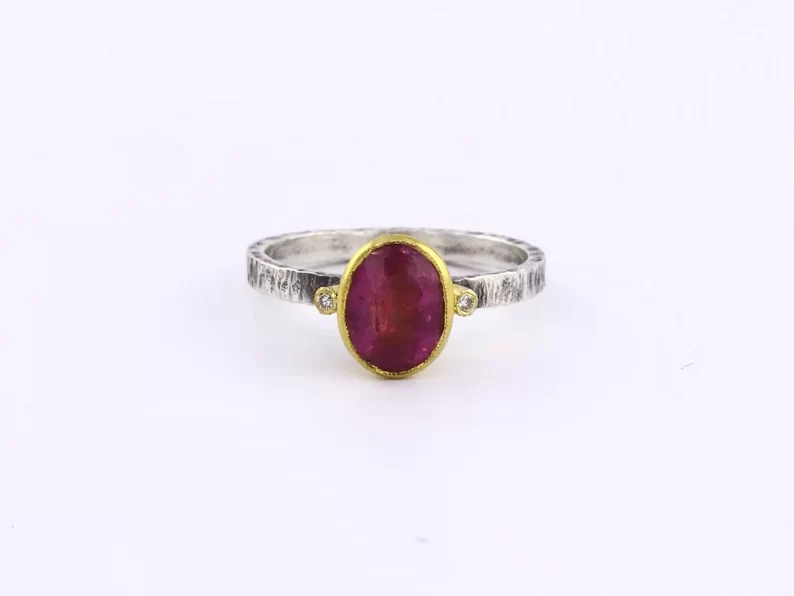
Also known as glass-filled rubies, these are made by treating non-gem quality rubies with the lead glass-filling method.
This is done by removing unwanted matter, such as various foreign minerals and debris, from the low-quality red corundum. The cavities and spaces left behind by the removal of the foreign matter are then filled up with heated liquid glass.
This process can also increase the size of the stone, making it profitable for jewelers. Unfortunately, these composite stones are often sold in the guise of ‘real rubies’.
5 Tests to Check for a Real Ruby
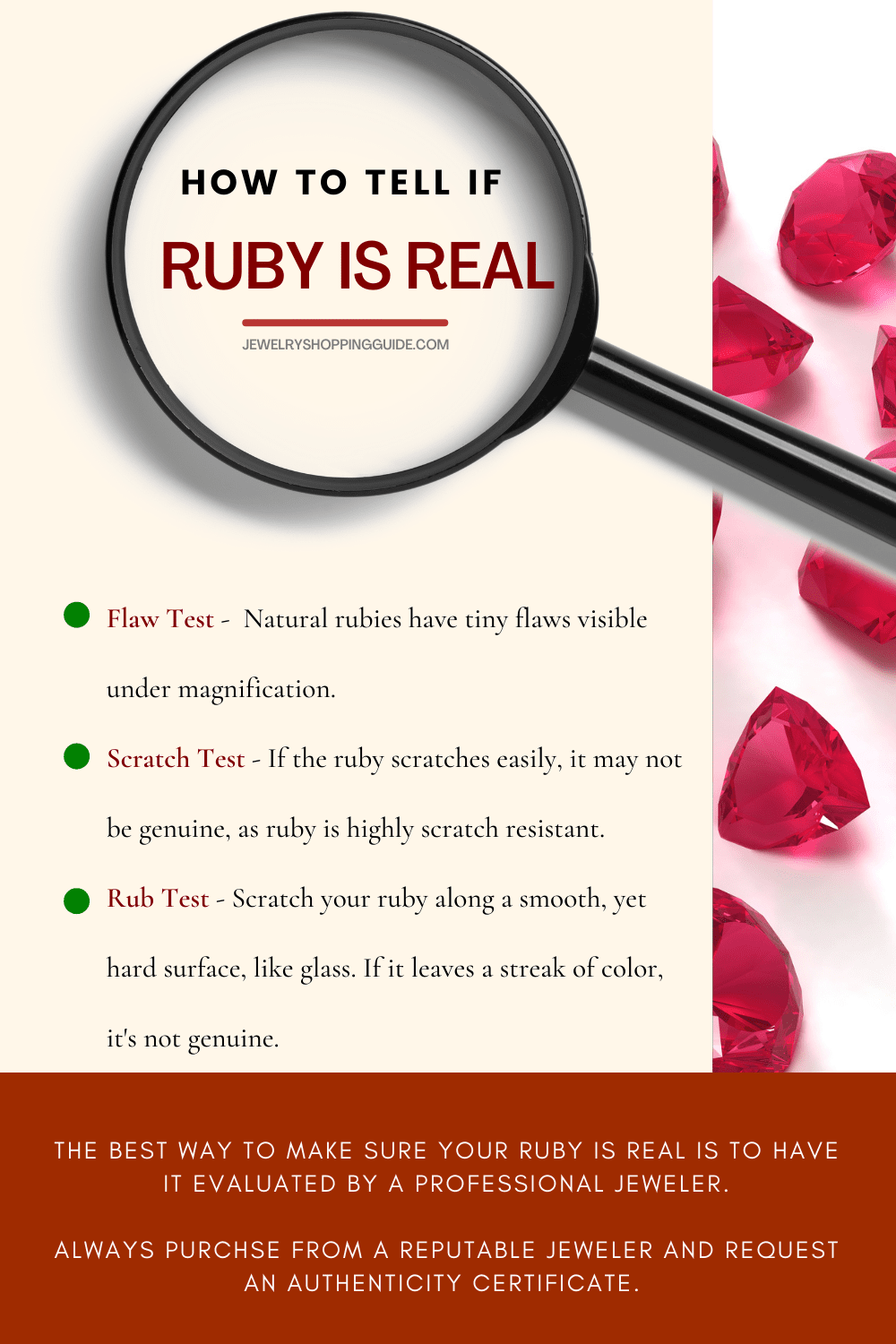
It can be tough to distinguish the difference between a synthetic, natural, or fake gemstone and often requires a trained eye. Here’s what you can do:
1. Seek Professional Help
The best way to identify your stone’s origins is to take it to a professional gemologist. They will be able to have a look at it using their gemological tools and tell you its origin.
Choose a reputable jeweler, with a proven track record. Ask your gemologist to provide you with a certificate of appraisal, which will be evidence of the value of your stone.
This option is only viable if the stone is expensive because having a gemstone appraised is costly and not worth the price for inexpensive pieces of jewelry.
2. Look for Minuscule Flaws
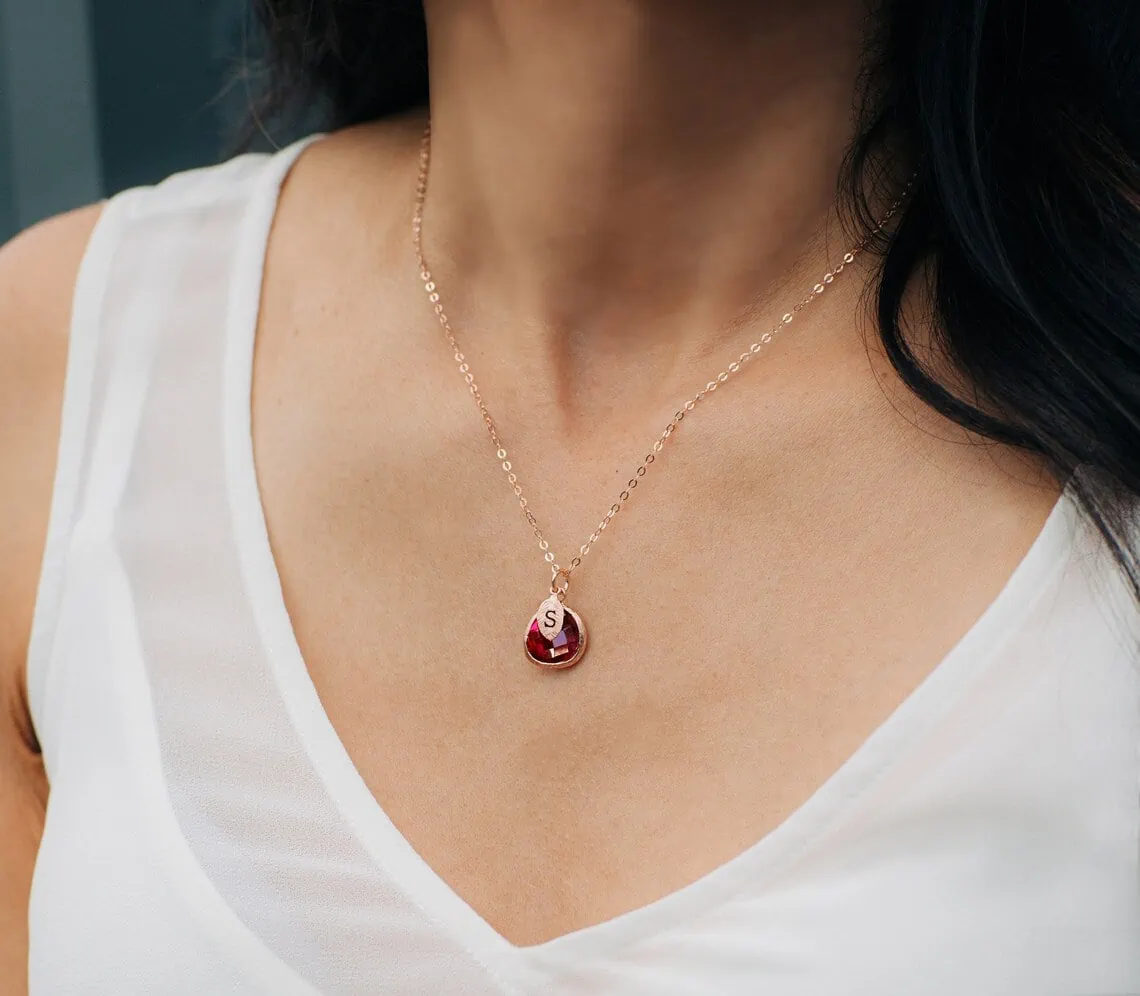
A natural ruby will have tiny flaws that are not visible without a microscope. There will also be natural stains of imperfection present within the stone. Because natural rubies grow in unpredictable and dangerous conditions below the earth, they are prone to inclusions and debris.
Most times, the flaws are so tiny that only expert gemologists would be able to see these using a process called spectroscopy. Under high magnification and special instruments, these flaws in naturally mined stones become obvious.
You can also examine your ruby at home using a quality jeweler’s loupe, like this one, to spot any flaws.
Synthetic rubies are generally flawless, as these microscopic inclusions are difficult to replicate in lab conditions. If your stone is flawless, it’s probably a synthetic stone or perhaps even an imitation.
If there are bubble-like inclusions, this can be an indication that the stone is glass and not an actual ruby.
3. The Scratch Test
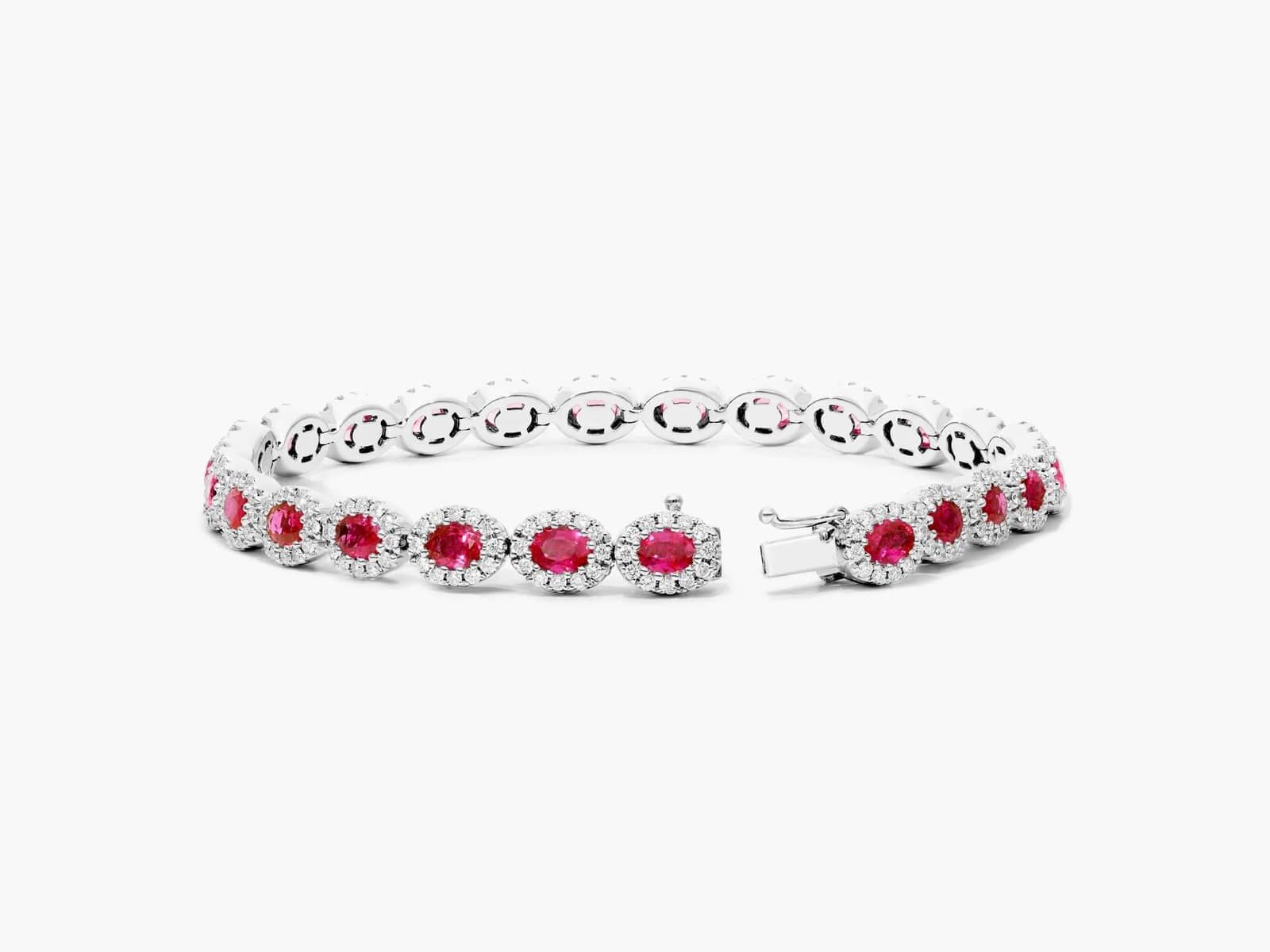
Ruby is highly resistant to scratches, ranking at 9 on the Moh’s scale. It’s second in durability only to diamond and moissanite, meaning that only a diamond (or an object with the hardness of a diamond) can scratch it. In comparison, glass is a mere 5.5.
Scratch the surface of your ruby with a key or coin and look for any scratch marks. If there are scratch marks, then the stone is probably a fake. A real ruby cannot be scratched so easily.
4. The Rub Test
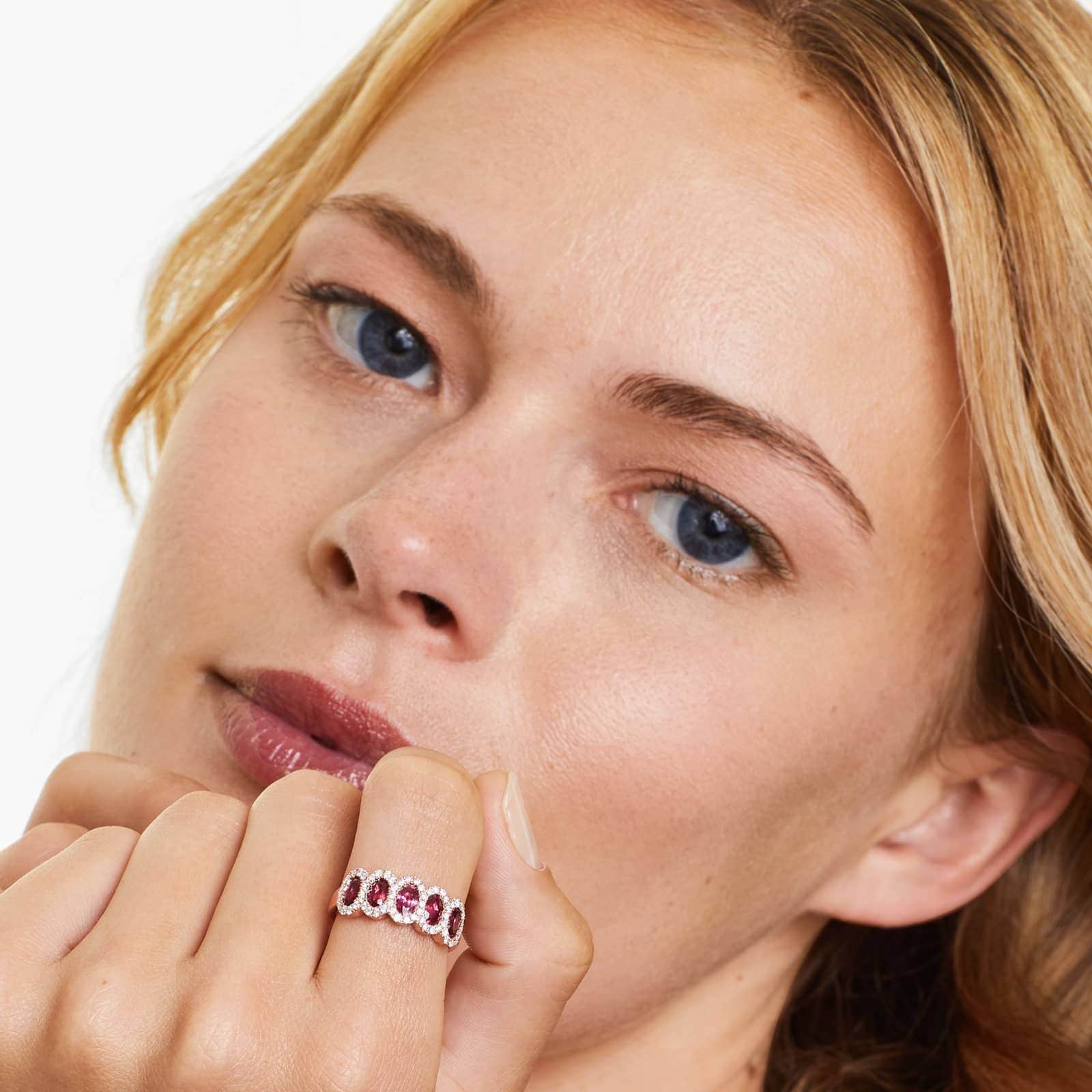
In this test, you’re looking to see if your stone leaves color. Use the ruby to scratch a hard, smooth surface, such as a piece of glass. If there’s a streak of red color left behind on the surface, then it’s clear that your stone is a fake.
A real ruby will never leave color in that way. The only issue with this test is that you cannot be sure that the stone is real if it doesn’t leave a trace of color. You can only be certain it isn’t genuine if it does.
5. Price and Size
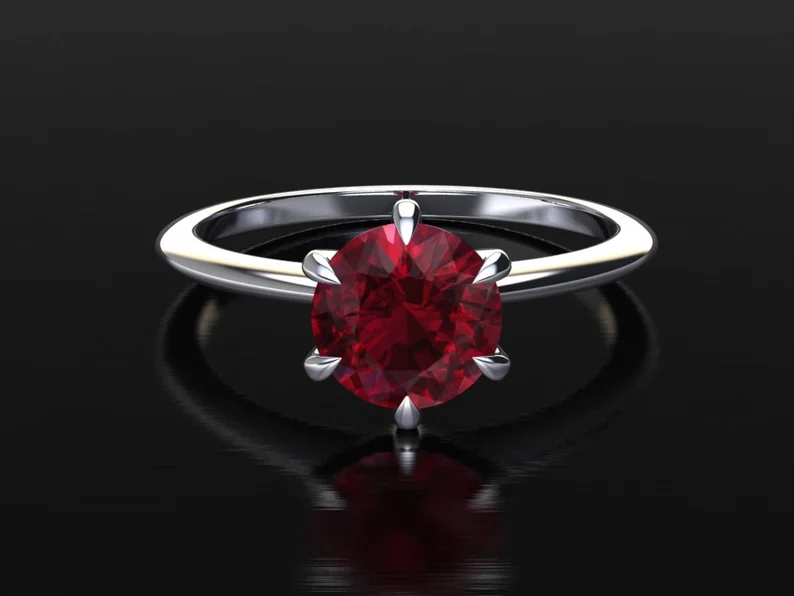
Natural rubies can be very expensive. A synthetic ruby can be about 20% less expensive than a natural ruby, while an imitation can be up to 90% cheaper.
If your ruby is extremely inexpensive, it’s probably a fake. If it’s reasonable but not overly cheap, it’s probably a synthetic stone.
In terms of size, it’s very difficult to find natural rubies in large sizes. Those that do come in large sizes are extremely valuable. If a ruby is quite large, there is a high probability it’s synthetic or imitation.
Where to Buy Rubies
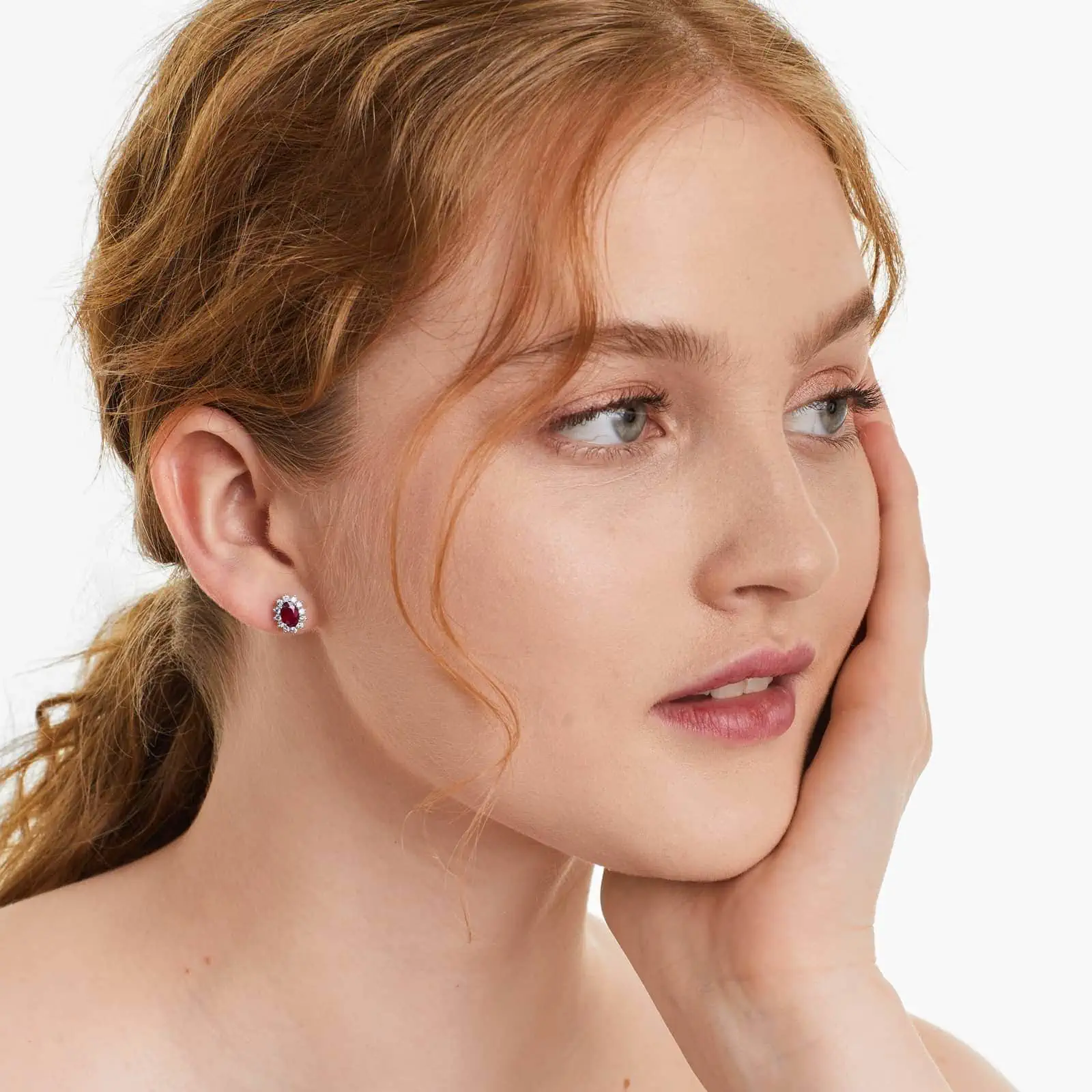
Rubies, the red gemstones symbolizing passion and love, are timeless additions to any jewelry collection. If you’re considering buying one online, it’s essential to select a trusted store. Here’s a look at where you can find these precious stones:
1. James Allen
A highly reputable online jewelry store, James Allen offers an interactive experience. Their high-definition videos allow you to view rubies from all angles, ensuring transparency and quality. Browse their collection here.
2. Blue Nile
As one of the largest online jewelry retailers, Blue Nile has a vast array of rubies set in various jewelry pieces. Their platform ensures ease of navigation, helping you find the perfect gem. Check their ruby jewelry here.
3. Angara
Specializing in gemstones, Angara has a rich collection of ruby jewelry. Their pieces range from simple solitaires to intricate designs, catering to diverse tastes. Check out their collection here.
4. Brilliant Earth
Dedicated to ethically sourced gemstones, Brilliant Earth’s rubies are not just beautiful but also responsibly mined. Their curated selection promises quality and authenticity. Check them out here.
5. Etsy
Etsy offers a plethora of choices for those seeking artisanal or vintage ruby jewelry. The platform showcases independent jewelers, allowing you to find unique pieces that aren’t available in mainstream stores. Browse Etsy’s vast collection of ruby jewelry here.
6. Amazon
A vast marketplace, Amazon provides a range of ruby jewelry options. Not only can you find commercial sellers, but also individual dealers offering artisanal and vintage finds, catering to various preferences and budgets. Check it out here.
Wrapping Up
Ruby jewelry, with its fiery red allure, embodies passion, luxury, and timelessness. Whether set in an antique piece or a modern design, the captivating hue of a ruby speaks of deep emotions and unwavering elegance. As you adorn yourself with this gem, you’re not just wearing a piece of jewelry but embracing centuries of lore and admiration.



